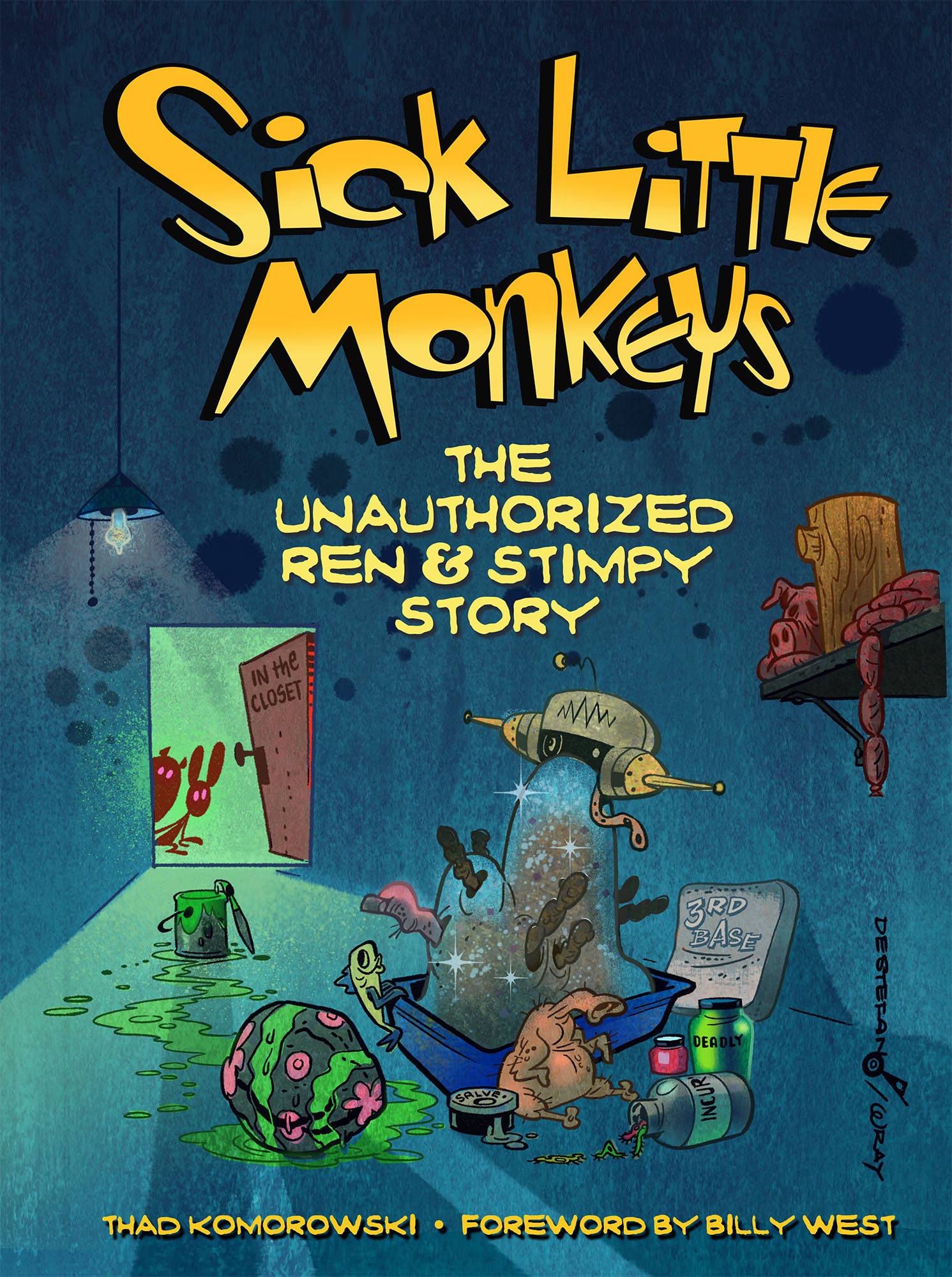YouTube has had Portuguese versions of most of the Paul J. Smith Woody Woodpecker cartoons online for ages, but only recently did someone upload them in English, so you can now see them and experience the garbage in all its glory.
Mark Mayerson ranked Smith as the worst of all the theatrical-era directors eons ago. I’d personally give that title to someone like Al Rose at Columbia, but there’s certainly a case to be made for Smith. Walter Lantz seemed fine with Smith directing, constantly letting more and more talented people walk out his studio doors, something that does not speak well for his taste. But Smith was merely just poor for years. Once Sid Marcus left the studio in 1966, Smith was allowed to take Woody to hell in a hand basket.
The cartoons look almost as poor as their made-for-TV contemporaries (unsurprising as Lantz was the first theatrical studio to do TV style animation in the 1950s), making it odd that theaters actually rented them years after the studio closed its doors. David Gerstein just messaged me as I was writing this that the cartoons “blend together in my head into one big blur of western settings, inconsistent sizes and hatchet-faced harridans.” Perfect summary. The hackwork is at such an all-time high that nobody gave a damn that the remounted Woody opening titles stopped on an ugly inbetween rather than the final pose.
This isn’t one of those endless westerns (which probably stemmed from one Cal Howard springboard reused thirty times), but I had to single it out because it was one that escaped my attempt at acquiring every single Walter Lantz cartoon when I worked on The Walter Lantz Cartune Encyclopedia. The song makes it even more terrifying than you can imagine. And what’s the deal with these not-so-vaguely pornographic titles (never mind the character’s name)? I would have rather seen the cartoon take that sort of direction than this.
This might be a good time to add (and someone can add this to Wikipedia) that Paul J. Smith was more than likely not legally blind during his tenure at the Lantz studio, with his daughter doing his x-sheets, or however that urban legend goes. He was subsequently hired by Ralph Bakshi to work on his Lord of the Rings adaptation as a “key animator”, and it’s utterly ridiculous that he’d be able to work in that capacity if this was true. (Amended see bottom.)
But, just because you’re working at a studio with severe budget limitations and a boss who clearly doesn’t care about your work performance doesn’t mean you have to turn out a complete piece of crap.












